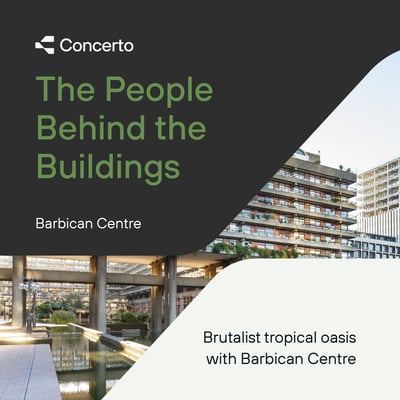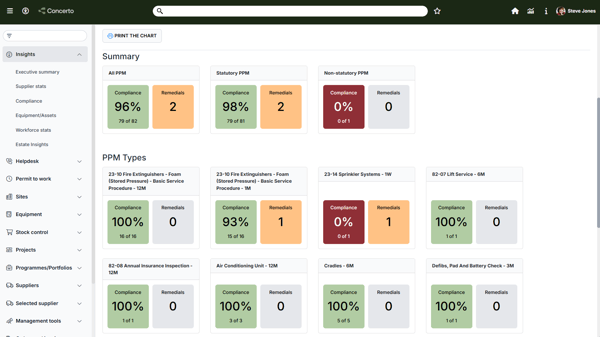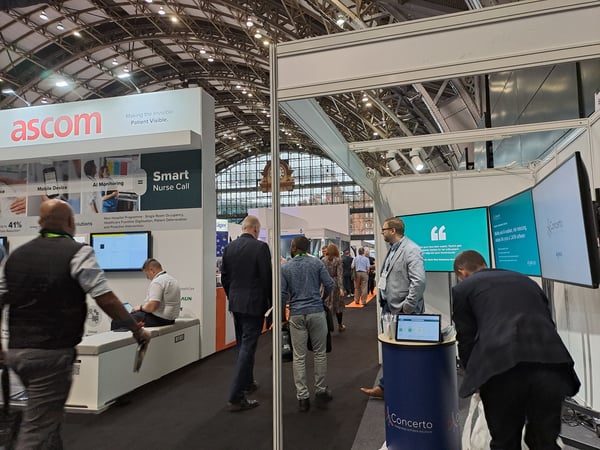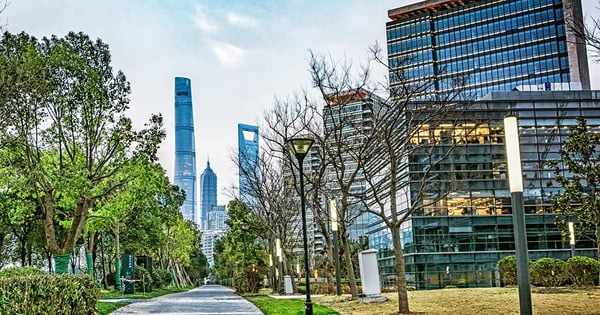
People behind the building: The Barbican Centre
People behind the buildings: The Barbican Centre
How this brutalist icon is being transformed for future generations
In this episode of People Behind the Buildings, hosts Matt Blanchard (GovNews) and Matt Hickley (Bellrock) visit the Barbican Centre, a world-famous cultural hub nestled in the heart of London.
They're joined by Philippa Simpson Director for Buildings and Renewal at the Barbican Centre. Together, they unpack what it takes to maintain and evolve a site that is at once a public landmark, a working theatre, a concert hall, an art gallery and a much-loved community space.
An architectural landmark with daily complexity
Opened in 1982 and now Grade II listed, the Barbican Centre is an architectural marvel. It's part of a wider estate encompassing residential towers, schools, public spaces, and more.
As Philippa explains, the site is as much a live, dynamic workplace as it is a venue for world-class performances. That creates significant challenges for the estates and facilities team, who must:
- Maintain ageing infrastructure within a heritage setting
- Support 365-day-a-year public access and programming
- Balance preservation with innovation
“You're managing performance, events, tenants, listed buildings, all under one roof. It's a constant dance.”
Maintaining a heritage asset with modern demands
Philippa discuss how they plan and execute maintenance and capital works in such a sensitive and high-traffic environment. Key strategies include:
- A dedicated in-house engineering team that knows the estate intimately
- A focus on predictive maintenance to stay ahead of asset degradation
- Night-time and weekend work schedules to reduce disruption
- Clear frameworks for managing change in a Grade II listed site
“We can't afford downtime. So we invest heavily in building knowledge and planned preventative work.”
Sustainability and carbon zero goals
The Barbican Centre is also part of the City of London Corporation's wider drive toward net zero by 2040. Philippa explains how they're tackling the carbon challenge:
- Upgrading lighting and building controls
- Reducing energy use in high-load areas like plant rooms
- Engaging with designers and conservationists to align heritage with sustainability
The key? Balancing ambition with realism, particularly in buildings that weren't designed with energy efficiency in mind.
Collaboration is key
Across the conversation, one theme is clear: this work only succeeds through partnership. Whether it's engineering staff, security, the arts programming team or external contractors, everyone plays a role in keeping the Barbican safe, accessible and world-class.
“The Barbican's strength is its people. Teams who know the estate, love it, and are committed to its future.”
Looking to the future
The episode also touches on the Barbican Renewal Project, a major master planning effort that will ensure the Centre is fit for purpose for decades to come.
As Philippa puts it, this isn't just about restoring a building. It's about rethinking how a cultural landmark can adapt to modern needs digitally, operationally and environmentally, while staying true to its spirit.
The People Behind the Buildings
The new podcast on the block, for all the estate and property geeks to listen to on their lunch break.


